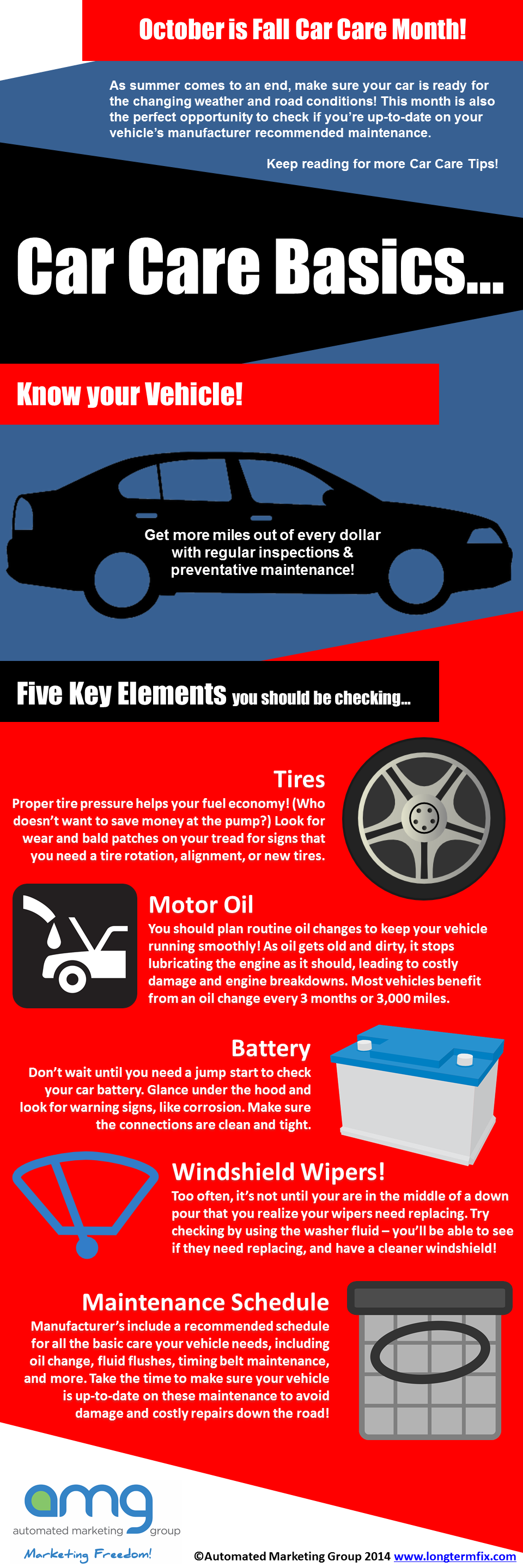Decoding Your Vehicle'S Caution Indicators: What They Absolutely Symbolize
Decoding Your Vehicle'S Caution Indicators: What They Absolutely Symbolize
Blog Article
Content Produce By-Hartley Forbes
When you lag the wheel, those beautiful warning lights on your dashboard can be a little bit perplexing. Do you know what they're trying to tell you concerning your automobile's health and wellness? Understanding the importance of these lights is crucial for your safety and the longevity of your lorry. So, the next time among those lights turns up, wouldn't you want to analyze its message precisely and take the needed steps to address it?
Common Warning Lighting and Interpretations
Recognize usual caution lights in your auto and understand their significances to make certain secure driving.
The most common warning lights include the check engine light, which signifies problems with the engine or discharges system. If this light comes on, it's critical to have your vehicle checked immediately.
The oil pressure advising light indicates reduced oil pressure, calling for instant interest to stop engine damages.
A flashing battery light could recommend a damaged billing system, possibly leaving you stranded if not dealt with.
The tire pressure surveillance system (TPMS) light alerts you to reduced tire pressure, affecting automobile security and fuel effectiveness. Disregarding this might result in risky driving conditions.
The abdominal light suggests a trouble with the anti-lock stopping system, compromising your ability to stop swiftly in emergencies.
Lastly, the coolant temperature cautioning light warns of engine getting too hot, which can result in severe damage if not settled quickly.
Understanding these typical caution lights will aid you address concerns promptly and keep safe driving conditions.
Importance of Prompt Focus
Recognizing the typical warning lights in your auto is just the very first step; the significance of promptly addressing these warnings can't be highlighted enough to ensure your security on the road.
When a warning light brightens on your control panel, it's your cars and truck's method of communicating a potential issue that requires focus. Ignoring these cautions can lead to more severe problems down the road, endangering your safety and potentially costing you more in repairs.
https://dailyvoice.com/new-jersey/warren-hunterdon/police-fire/car-slams-into-warren-county-auto-repair-shop-photos/825277/ to advising lights can avoid breakdowns and crashes. For instance, a blinking check engine light might indicate a misfire that, if left unattended, could cause damages to the catalytic converter. Addressing this without delay can save you from a costly repair service.
Similarly, a brake system cautioning light might indicate reduced brake liquid or worn brake pads, vital parts for your safety and security when driving.
DIY Troubleshooting Tips
If you observe a caution light on your dashboard, there are a few do it yourself repairing tips you can try before seeking professional assistance.
The first step is to consult your automobile's manual to recognize what the specific warning light suggests. Sometimes the issue can be as straightforward as a loose gas cap causing the check engine light. Tightening up the gas cap may fix the problem.
An additional typical problem is a reduced battery, which can activate various warning lights. Inspecting the battery connections for corrosion and ensuring they're protected may fix the problem.
If a warning light lingers, you can try resetting it by detaching the auto's battery for a few mins and afterwards reconnecting it. Furthermore, checking your car's fluid levels, such as oil, coolant, and brake fluid, can assist fix cautioning lights associated with these systems.
Conclusion
In conclusion, comprehending your auto's warning lights is vital for keeping your automobile running smoothly and securely. By immediately resolving these informs and understanding what they indicate, you can stay clear of pricey fixings and possible failures.
Bear in mind to consult your car's guidebook for specific details on each alerting light and act appropriately to make sure a hassle-free driving experience.
Stay informed, remain secure when traveling!
